
Positioning Book for high-tech GPT - High-Tech Market Positioning Guide

Welcome! Let's craft your high-tech positioning strategy.
Strategize Your Market Dominance with AI
How can I identify my ideal market segment using the 5Cs of positioning?
What are the key principles of effective positioning in high-tech markets?
How should I differentiate my product in a crowded tech market?
What strategies can I use to build credibility and authority for my high-tech product?
Get Embed Code
Introduction to Positioning Book for High-Tech GPT
Positioning Book for High-Tech GPT is designed as a comprehensive guide and tool for CEOs, marketers, product managers, and entrepreneurs in the B2B tech and software sectors. Its core purpose is to assist users in crafting effective market positioning strategies for their products or services. This involves identifying and leveraging unique value propositions, understanding market dynamics, and aligning product attributes with target customer needs. The GPT draws from a wealth of knowledge in behavioral science, innovation adoption patterns, and strategic marketing principles to offer nuanced insights into positioning high-tech products. For instance, it navigates users through identifying market niches, distinguishing their offerings from competitors, and effectively communicating value to foster customer adoption and loyalty. Powered by ChatGPT-4o。

Main Functions of Positioning Book for High-Tech GPT
Market Segmentation Guidance
Example
Identifying distinct segments within the tech industry that are most likely to benefit from a new SaaS platform aimed at streamlining project management.
Scenario
A startup developing a project management tool uses the GPT to understand how to position their product uniquely for tech companies that manage remote teams, by focusing on features like asynchronous communication and integration with remote work tools.
Competitive Analysis and Differentiation
Example
Analyzing key competitors in the cybersecurity software space to find unaddressed needs or weaknesses in their offerings.
Scenario
A cybersecurity firm leverages the GPT to carve out a niche in the crowded market by focusing on superior customer service and a user-friendly interface, which were identified as areas lacking in competitor products.
Positioning Statement Development
Example
Crafting a clear and compelling positioning statement that encapsulates the unique value of an AI-driven market research tool.
Scenario
An AI startup uses the GPT to refine their positioning statement to highlight the tool's ability to provide real-time, actionable insights from social media trends, setting it apart from traditional market research methods.
Go-to-Market Strategy Formulation
Example
Outlining a step-by-step strategy for launching a new IoT device targeted at smart homes.
Scenario
An IoT company consults the GPT to develop a go-to-market strategy that emphasizes the device's ease of integration with existing smart home ecosystems and its unique security features, aimed at early adopters and tech enthusiasts.
Ideal Users of Positioning Book for High-Tech GPT Services
B2B Tech Startup Founders and CEOs
Entrepreneurs at the helm of emerging tech companies who need to establish a foothold in competitive markets by clearly defining and communicating their product's unique value.
Product Managers in High-Tech Companies
Individuals responsible for the development and success of a product, who require deep insights into market needs, competitive landscapes, and strategic positioning to guide product development and marketing strategies.
Marketing Leaders in B2B Tech Firms
Senior marketing professionals looking to design and execute effective go-to-market strategies that resonate with their target customers and distinguish their offerings in a crowded marketplace.
Innovation and Strategy Consultants
Consultants who advise tech companies on innovation adoption, market entry strategies, and positioning to help their clients gain competitive advantages and drive growth.

How to Use Positioning Book for High-Tech GPT
1
Visit yeschat.ai to start a free trial, no login or ChatGPT Plus required.
2
Explore the knowledge base or upload your own content related to high-tech market positioning to customize the GPT's responses.
3
Utilize the interactive interface to ask specific questions about positioning strategies, market analysis, or product differentiation.
4
Apply the insights and strategies provided by the GPT to develop or refine your high-tech product's positioning in the market.
5
Regularly update your inputs based on market trends and feedback to keep the GPT's advice relevant and actionable.
Try other advanced and practical GPTs
Forever Party Rentals Guide
Elevate Your Events with AI-powered Party Rentals Guide

Kids Line Art Helper
Bringing creativity to life with AI

MarcusAureliusAI
Empowering lives with Stoic wisdom through AI
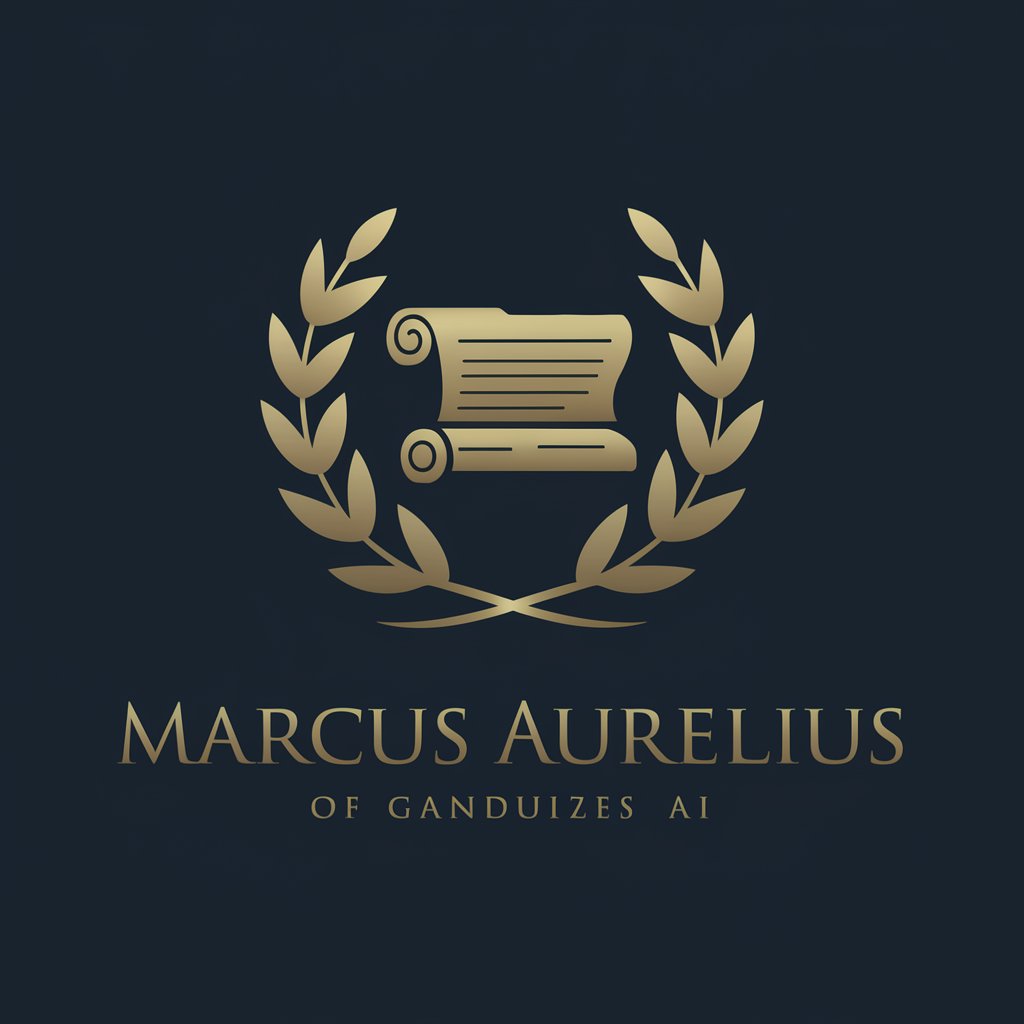
Gaming Crypto Tracker
Unlock gaming crypto potential with AI

Prepper Guide
Empowering your preparedness journey with AI.

Ley de Bases para Argentina.
Empowering Argentine Freedom through Law

Positioning Statement Example Generator GPT
Craft Your Brand's Voice, AI-Powered.
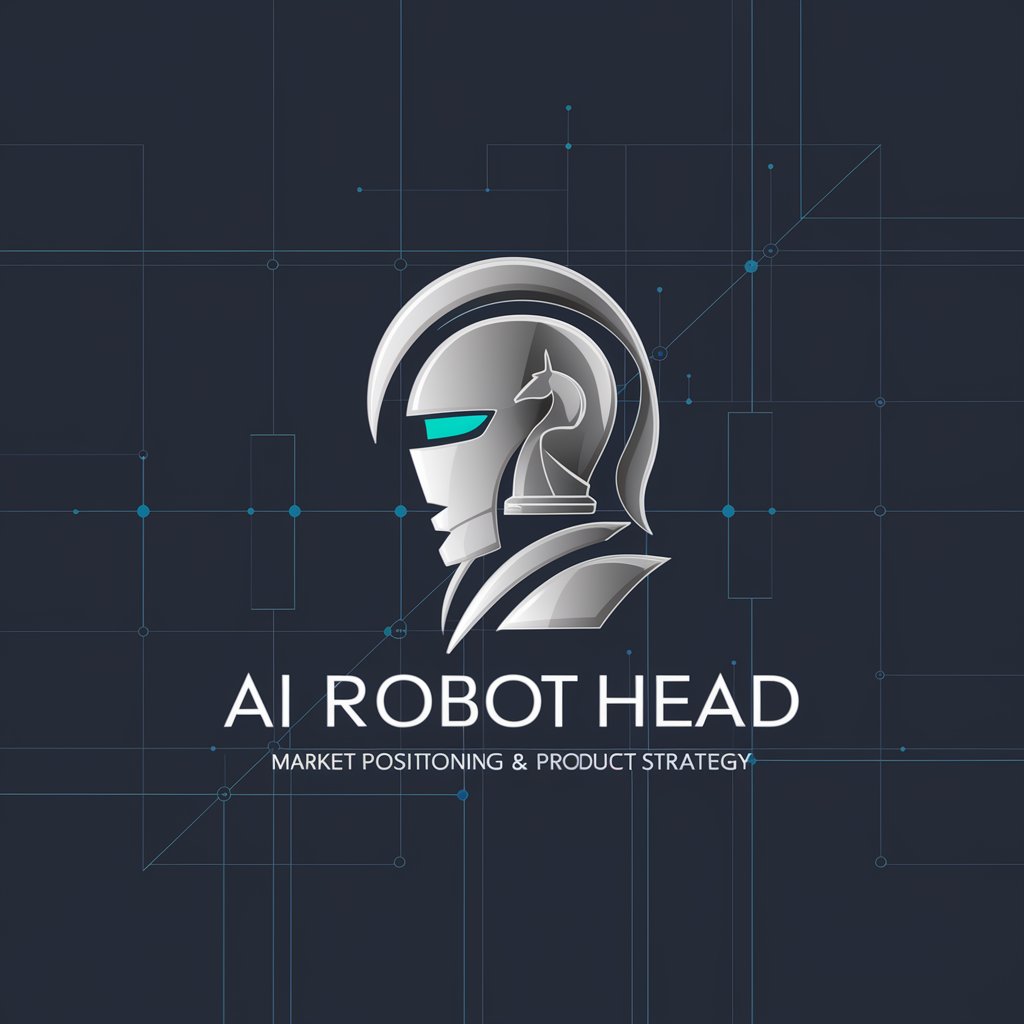
Artistic Guide
Empower your art journey with AI.

Canvas Whisperer
Reviving Art with AI Creativity
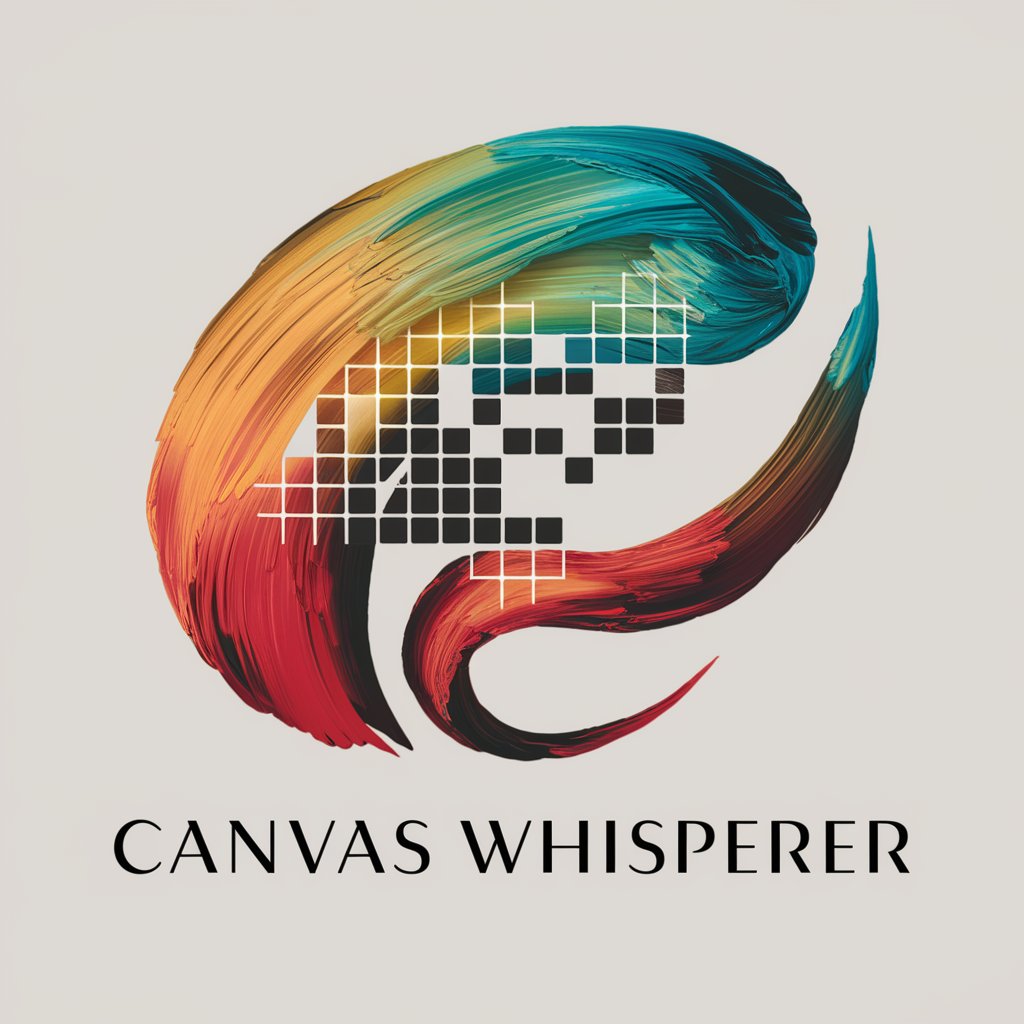
Sketch Buddy AI
Ignite creativity with AI-powered coloring.
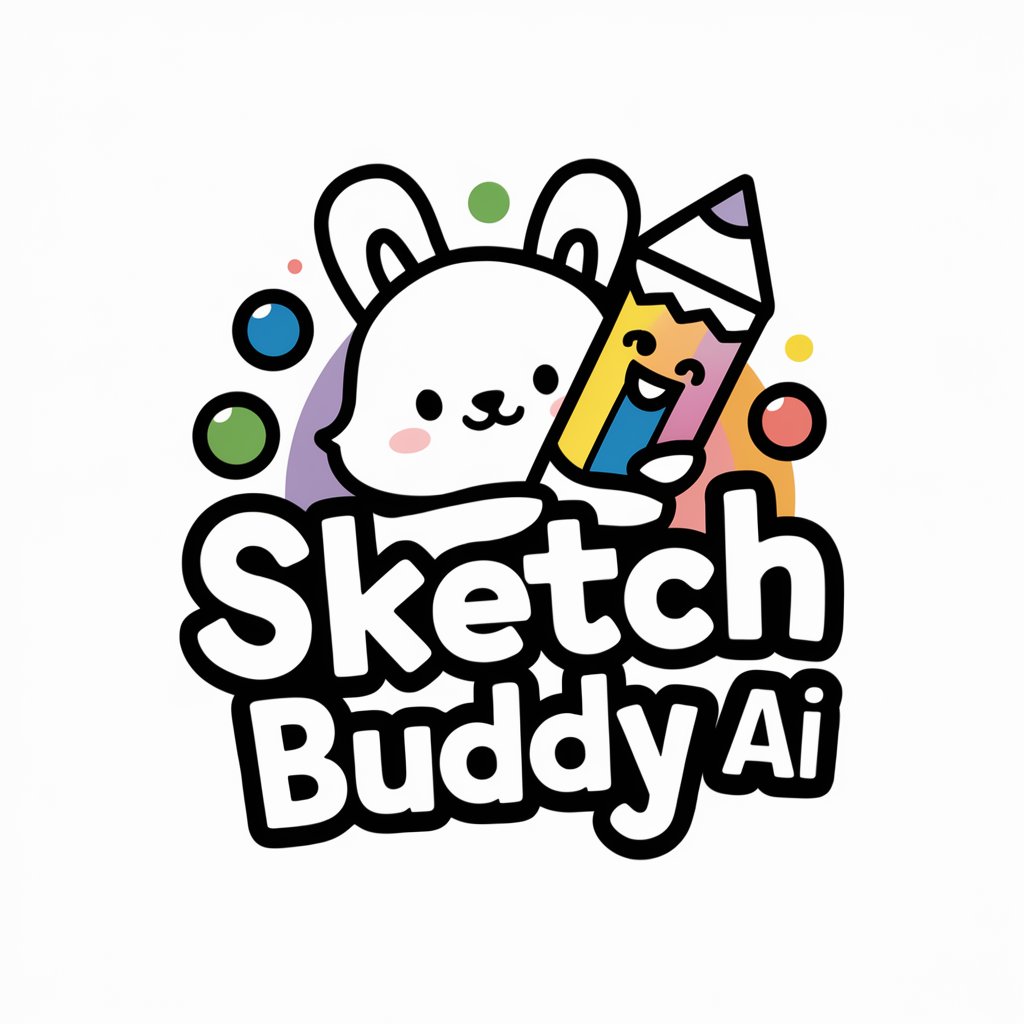
Electrical Genius - Nikola TeslaTheGenius v1.1
Powering Innovation with AI-Driven Electrical Genius
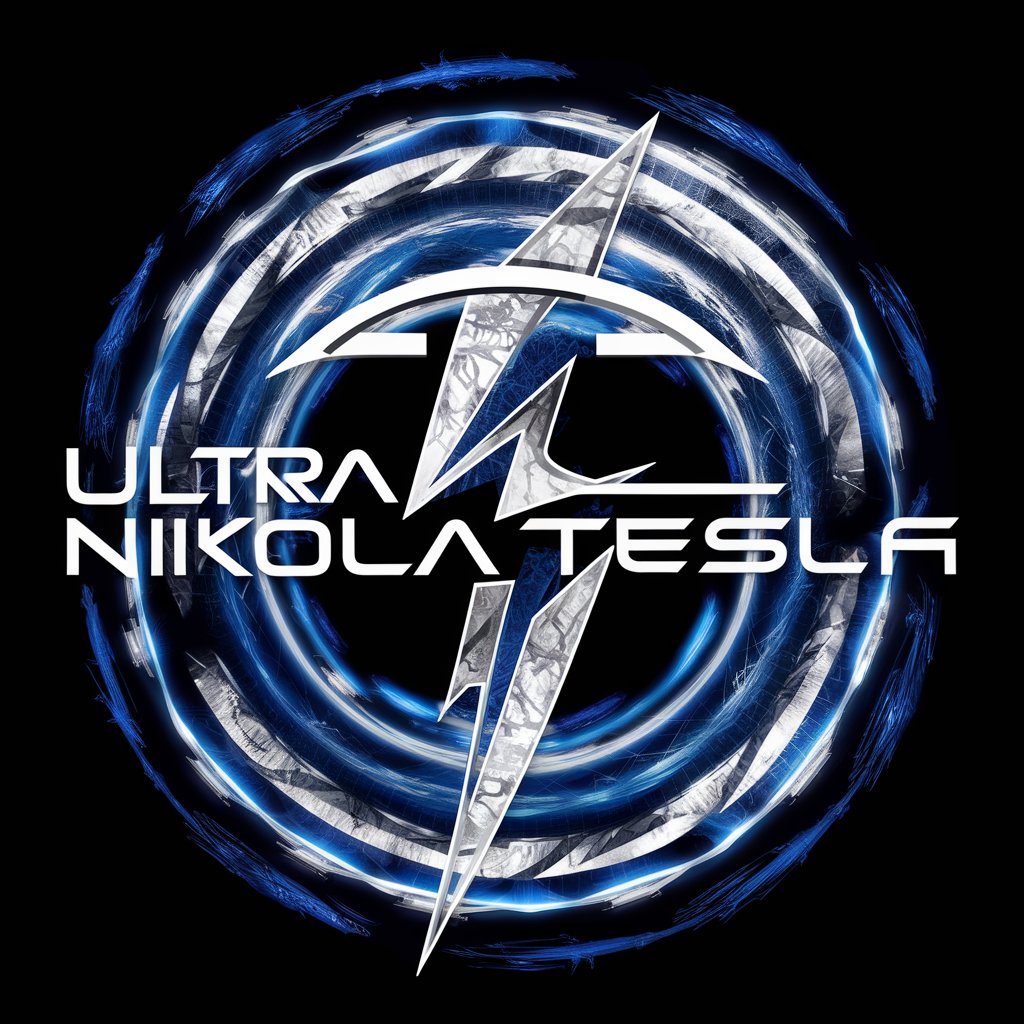
Design-IT
Revolutionizing Automotive Design with AI

Frequently Asked Questions about Positioning Book for High-Tech GPT
What makes Positioning Book for High-Tech GPT unique?
It's tailored for B2B high-tech markets, leveraging a deep understanding of market behaviors, buyer personas, and strategic positioning to provide actionable insights.
Can I use this tool without prior knowledge of market positioning?
Yes, the GPT is designed to guide users through the complexities of positioning in high-tech markets, making it accessible to both novices and experts.
How often should I update my inputs to the GPT?
To ensure the advice remains relevant, update your inputs whenever there are significant market shifts, new product developments, or changes in your business strategy.
Can the GPT help with positioning for a product that's not yet launched?
Absolutely, the GPT can provide strategic advice on positioning for pre-launch products by analyzing market potential, target audiences, and competitive landscapes.
Is there a way to measure the impact of the GPT's advice on my product's market position?
While the GPT offers strategic guidance, measuring impact involves tracking market performance indicators, such as share, growth, and engagement, before and after implementing its advice.